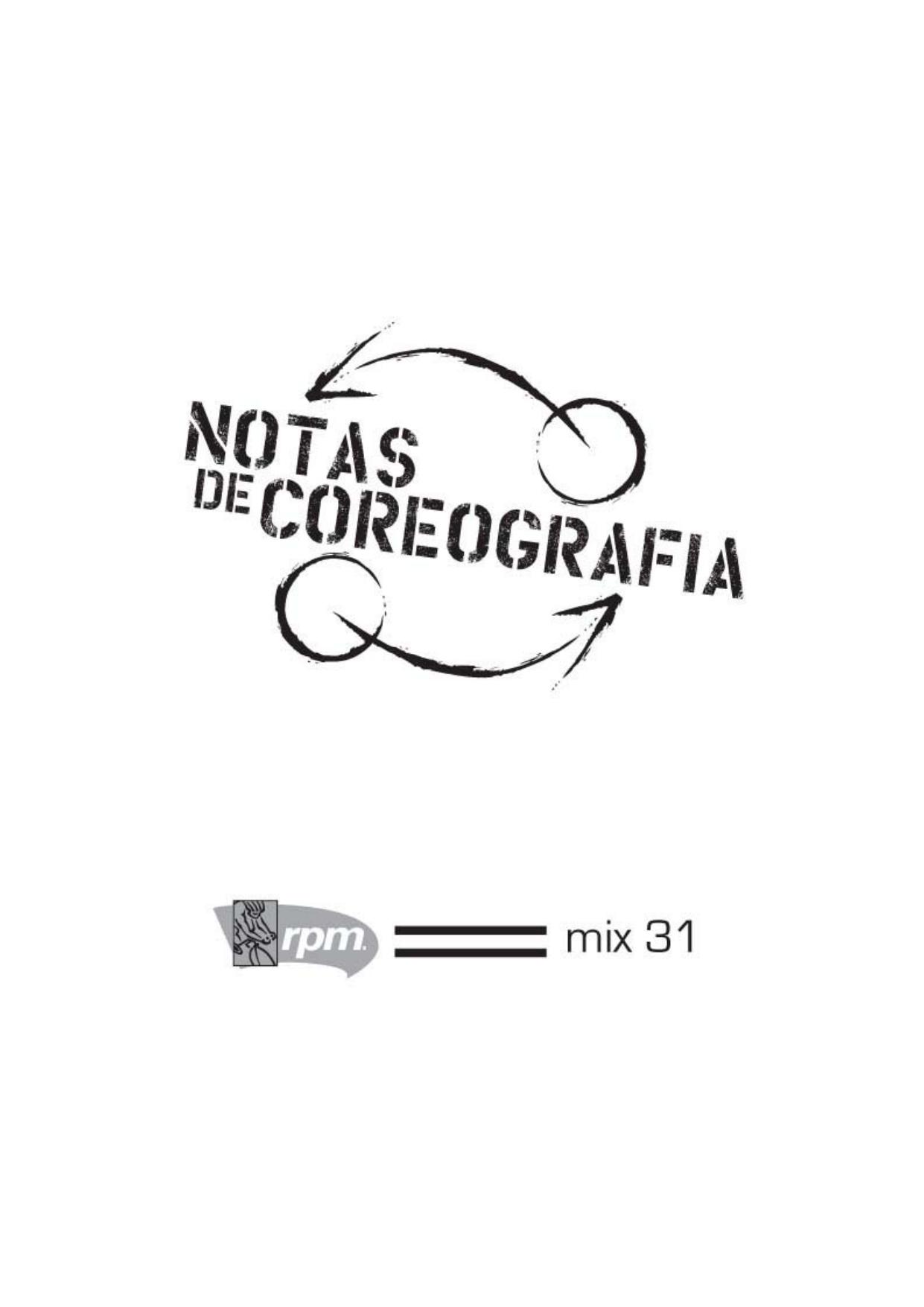Easy Organic Gardening and Moon Planting by Bagnall Lyn

Author:Bagnall, Lyn
Language: eng
Format: epub, pdf
Publisher: Scribe Publications Pty Ltd.
Published: 2012-04-26T04:00:00+00:00
CHAPTER 7
Garden Favourites
WHEN PLANNING THE DECORATIVE areas of your garden, always choose shrubs and trees that suit your climate and the scale of your property as they will require less maintenance, and give you more time to relax and enjoy your garden. Never buy shrubs or trees with roots protruding from the base of their pot, or plants with a lot of top growth and side shoots for the size of their pot, no matter how cheap they are. Advanced specimens come in larger pots, and plants in the correct pot for their size will grow faster when transplanted because their roots have not been restricted. Reputable nurseries take good care of their stock, and repot when necessary. Paying a little more for an advanced specimen of a slow-growing cultivar could be cheaper than having to replace shrubs or trees bought cheaply at a travelling market.
Write down the botanical (or Latin) name of plants you wish to grow to ensure you purchase the correct plant for your garden. The botanical name allows you to uniquely identify a particular plant from anywhere in the world, in the same way an ISBN allows you to identify a specific book. Common names for plants can vary from state to state, however, and from country to country. (For example, Gum Tree is used as a name for a variety of trees other than Eucalyptus, and, confusingly, the name Lemon-scented Myrtle applies to two or more plants, but only one species is used in the food industry.) The first part of a botanical name is the genus name. In the botanical name Callistemon salignus, for example, Callistemon tells you it is a bottlebrush. The second part, salignus, is the species name, which identifies it as a weeping bottlebrush. Where particular cultivars of a species have been bred, the cultivar name will follow in single inverted commas. For example, Callistemon salignus is a tall, weeping shrub with pink new growth and pale lemon brushes, while Callistemon salignus ‘Rubra’ (or C. salignus ‘Rubra’ if the genus has been previously mentioned in a text) has weeping growth and red brushes. Some plants are identified only by their genus and cultivar names, such as Grevillea ‘Ivanhoe’. Your local nursery will be able to advise you on suitable species for your growing conditions, if you don’t have a specific plant in mind.
Don’t forget to include some trees in your garden, if possible. Trees have longer roots and can draw nutrient minerals from deeper in the soil. Nutrients, cellulose and lignins are shed as flowers, leaves and bark, continuing nature’s cycle of returning organic matter to the topsoil for the benefit of future growth. We know that when trees are removed soil salinity and soil erosion increase, yet we continue to clear land in the name of commercial enterprise, providing conditions for more deserts in the future.
When considering which trees to plant, remember that large trees also have large roots that can cause damage to plumbing, foundations and paths when planted in unsuitable areas.
Download
Easy Organic Gardening and Moon Planting by Bagnall Lyn.pdf
This site does not store any files on its server. We only index and link to content provided by other sites. Please contact the content providers to delete copyright contents if any and email us, we'll remove relevant links or contents immediately.
Turbulence by E. J. Noyes(7720)
The Thirst by Nesbo Jo(6452)
Gerald's Game by Stephen King(4386)
Be in a Treehouse by Pete Nelson(3654)
Marijuana Grower's Handbook by Ed Rosenthal(3520)
The Sprouting Book by Ann Wigmore(3423)
The Red Files by Lee Winter(3286)
The Remains of the Day by Kazuo Ishiguro(3148)
Sharp Objects: A Novel by Gillian Flynn(2852)
Christian (The Protectors Book 1) by L. Ann Marie(2607)
Organic Mushroom Farming and Mycoremediation by Tradd Cotter(2572)
The Culinary Herbal by Susan Belsinger(2342)
Stone Building by Kevin Gardner(2297)
Lilac Girls by Martha Hall Kelly(2205)
The Starter Garden Handbook by Alice Mary Alvrez(2203)
The Unlikely Pilgrimage of Harold Fry by Rachel Joyce(2140)
The Lean Farm Guide to Growing Vegetables: More In-Depth Lean Techniques for Efficient Organic Production by Ben Hartman(2014)
Urban Farming by Thomas Fox(1987)
Backyard Woodland by Josh VanBrakle(1837)
